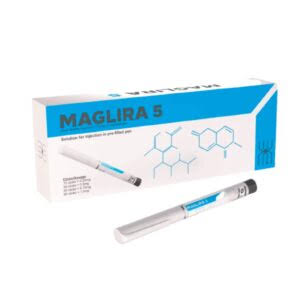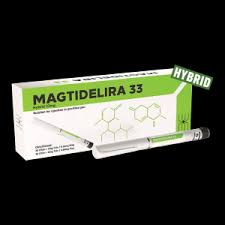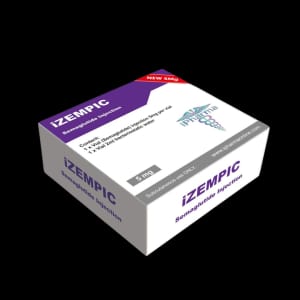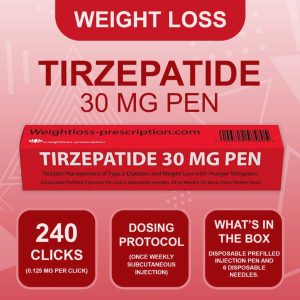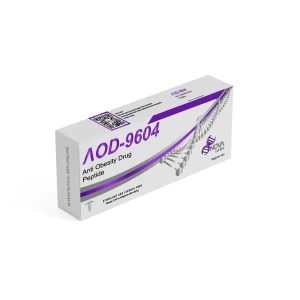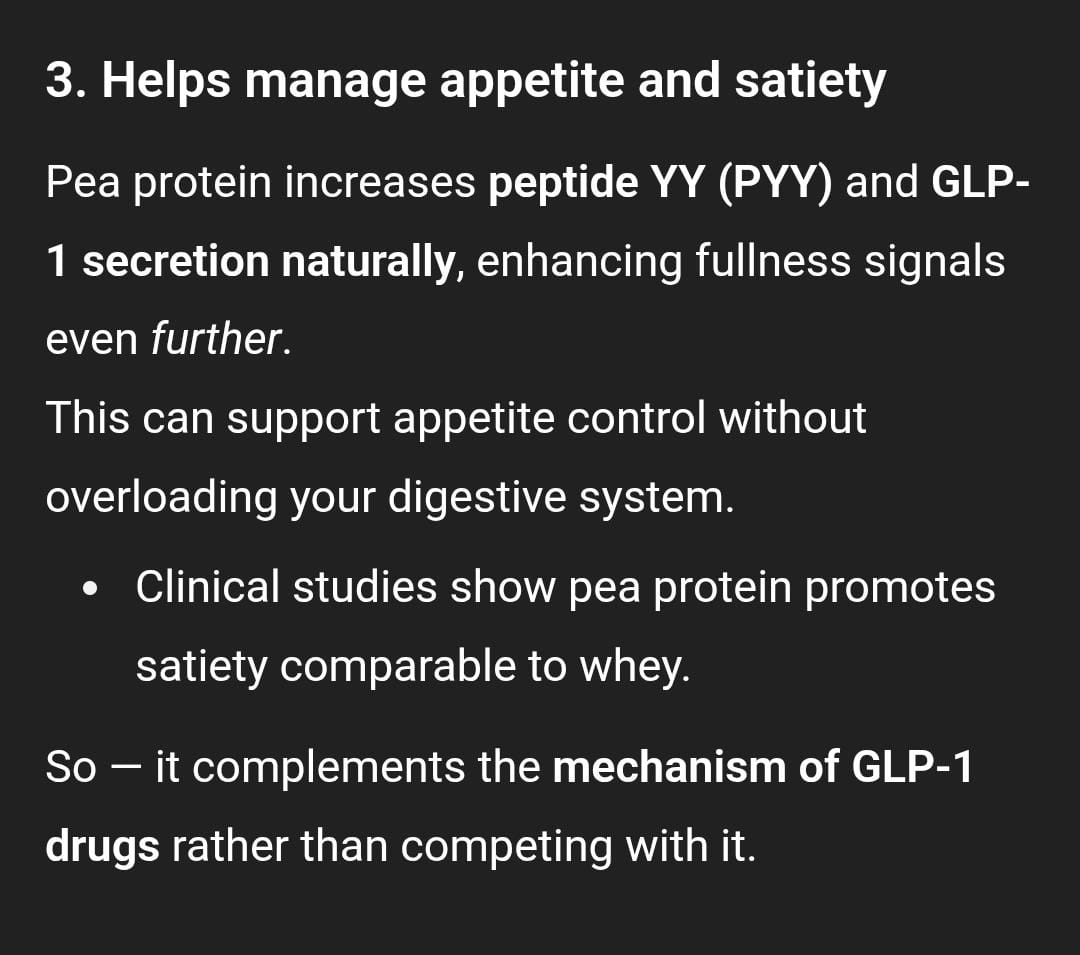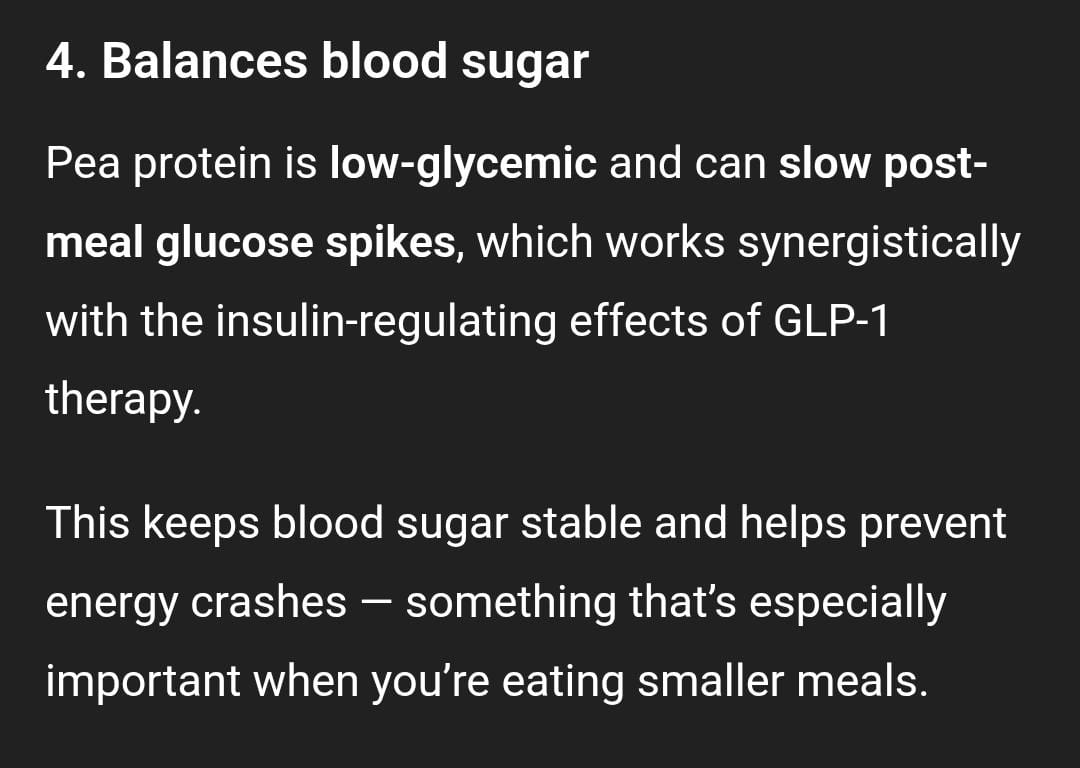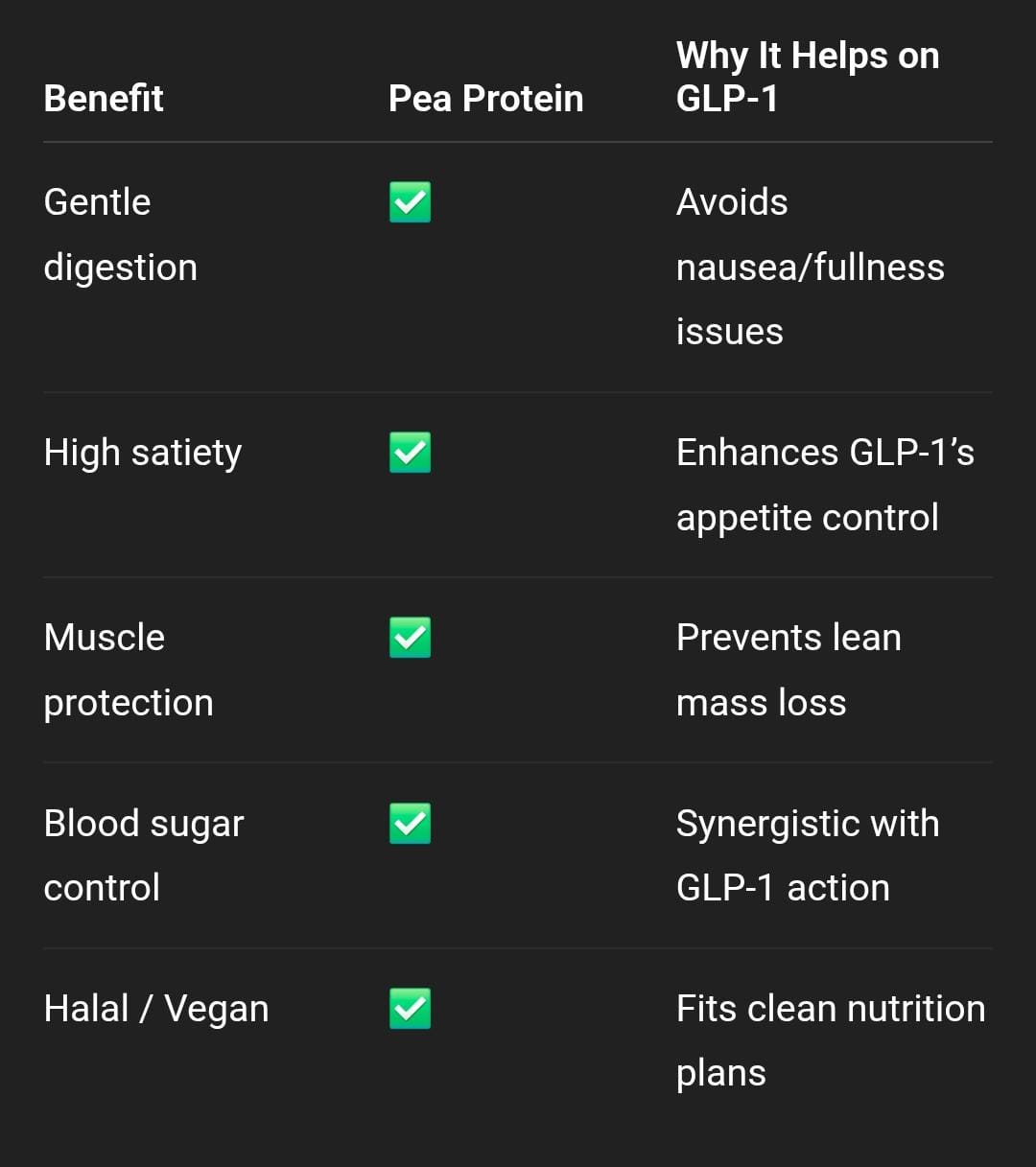HD
UPA
-
UPA
UPA – MAGTIDLIRA 33MG (30MG TIRZEPATIDE + 3MG SEMIGLUTIDE) RXME HYBRID
R2 500,00 Add to cartRated 0 out of 5 -
UPA
UPA – TESAMORELIN- GHRELIN MIMETIC WITH GROWTH HORMONE RELEASING ACTIVITY (5MG X 1 VIAL)
R400,00 Add to cartRated 0 out of 5
IPHARMA
BODYPHARM
WEIGHTLOSS
NOVA LABS
INFO SECTION
Reta 32mg is a powerful investigational peptide showing exceptional potential in clinical studies for weight management and metabolic support. Reta works by enhancing insulin sensitivity, slowing gastric emptying, increasing satiety, and stimulating fat oxidation. These combined effects contribute to sustained appetite reduction, lower blood glucose levels, and rapid fat loss.
Reta’s triple mechanism offers more comprehensive metabolic benefits. Users typically experience reduced hunger, more stable energy levels, and improved body composition over time. While still under research, it is becoming increasingly popular in advanced fat-loss protocols.
Ozempic – Semaglutide
Ozempic is a simple, once a week, injection which contains the weight loss drug semaglutide and helps you lose weight. It’s a pharmaceutical drug initially developed to help people with diabetes controlling and lowering blood sugar levels.
One of the newest weight-loss fads involves the diabetes medication Ozempic (generic drug name semaglutide).
Description
Ozempic comes as a liquid solution in a vial. The drug is given as a subcutaneous injection. After a healthcare professional has shown you how to inject this substance correctly, you may be able to give yourself the injections at home.
Ozempic may be injected just under the skin of your:
abdomen (belly)
upper thigh
back of your upper arm
If you also self-inject insulin for type 2 diabetes, you can inject this and the insulin in the same body part, such as your upper thigh. But you should not use the same spot for both injections. Using different spots can help you prevent skin irritation. And keep in mind that you should not mix insulin and Ozempic together into the same injection.
Be sure to inject Ozempic on the same day each week. But you can take your dose at any time of day, with or without food.
Dosage Instructions
10Units = 0.125mg
Semaglutide Protocol
Week 1 – 0.25mg 20 units
Week 2 – 0.50mg 40 units
Week 3 – 0.50mg 40 units
Week 4 – 0.50mg 40 units
Week 5 – 0.75mg 60 units
Week 6 – onwards
60 – 80 units
Description
Tirzepatide, also known by its development code Mounjaro, is a novel investigational medication designed to address the complex challenges of type 2 diabetes mellitus (T2DM). Developed by Eli Lilly and Company, tirzepatide represents an innovative approach to diabetes management, belonging to a class of drugs known as dual glucose-dependent insulinotropic peptide (GIP) and glucagon-like peptide-1 (GLP-1) receptor agonists.
In the body, both GIP and GLP-1 are hormones that play crucial roles in regulating blood sugar levels and metabolism. GIP is secreted by the gut in response to nutrient intake and stimulates insulin secretion from pancreatic beta cells. GLP-1 is also released from the gut and acts on pancreatic beta cells to stimulate insulin secretion while simultaneously inhibiting glucagon release, slowing gastric emptying, and promoting satiety. By targeting both of these pathways simultaneously, tirzepatide offers a multifaceted approach to glycemic control in individuals with T2DM.
Tirzepatide works by activating GIP and GLP-1 receptors, leading to increased insulin secretion, decreased glucagon release, slowed gastric emptying, and reduced food intake. This comprehensive mechanism of action makes tirzepatide a promising candidate for achieving and maintaining optimal blood sugar levels in patients with T2DM.
Clinical trials evaluating tirzepatide have demonstrated its efficacy in improving glycemic control, as evidenced by reductions in hemoglobin A1c (HbA1c) levels, fasting plasma glucose levels, and body weight. Additionally, tirzepatide has shown a favorable safety profile, with side effects generally being well-tolerated.
Tirzepatide has the potential to offer a new treatment option for individuals with T2DM who require additional glycemic control beyond what is achievable with existing medications.
In summary, tirzepatide represents a promising advancement in the management of T2DM, offering a novel therapeutic approach that targets multiple pathways involved in glucose metabolism. With its dual GIP and GLP-1 receptor agonist activity, tirzepatide has the potential to improve glycemic control and address unmet needs in the management of T2DM
Description
Retatrutide is a novel investigational drug designed to treat obesity and other metabolic disorders such as type 2 diabetes. It is a tri-agonist, meaning it activates three different hormone receptors simultaneously. Specifically, retatrutide targets the receptors for glucagon-like peptide-1 (GLP-1), glucose-dependent insulinotropic polypeptide (GIP), and glucagon, all of which play crucial roles in regulating metabolism, appetite, and blood sugar levels.
Mechanism of Action:
Retatrutide works by acting on three distinct hormonal pathways involved in metabolic regulation:
GLP-1 Receptor Activation:
GLP-1 is a hormone released in response to food intake and plays a key role in controlling appetite and glucose metabolism.
When retatrutide activates the GLP-1 receptors, it enhances satiety (the feeling of fullness) and reduces hunger, leading to a lower caloric intake. Additionally, GLP-1 receptor activation improves insulin secretion and decreases glucagon secretion in a glucose-dependent manner, helping to stabilize blood sugar levels.
This mechanism is similar to existing GLP-1 receptor agonists like semaglutide or liraglutide, which are used to treat obesity and diabetes.
GIP Receptor Activation:
GIP is another hormone involved in the body’s response to food intake, specifically in enhancing the release of insulin after eating.
By activating GIP receptors, retatrutide further enhances insulin secretion, promoting better control of post-meal blood glucose levels. GIP may also complement the appetite-suppressing effects of GLP-1 and improve fat metabolism.
Glucagon Receptor Activation:
Glucagon is typically involved in increasing blood sugar by promoting the release of glucose from the liver. However, when targeted in a controlled way, glucagon receptor activation can promote energy expenditure by stimulating the breakdown of stored fat and encouraging lipolysis (fat breakdown).
Retatrutide’s glucagon receptor activation aids in weight loss by increasing the body’s use of stored energy, contributing to fat reduction.
Clinical Benefits:
Retatrutide’s multi-agonist approach allows it to address multiple aspects of metabolic disorders simultaneously:
Weight Loss: The combination of appetite suppression, increased energy expenditure, and fat breakdown leads to significant weight loss, making it a promising therapy for obesity.
Blood Sugar Control: The dual action on GLP-1 and GIP receptors improves insulin sensitivity and glucose management, which can be beneficial for patients with type 2 diabetes.
Cardiometabolic Health: By improving body weight, blood sugar, and lipid metabolism, retatrutide may also reduce the risk of heart disease and other obesity-related complications.
Summary:
Retatrutide is a potent, triple-receptor agonist that targets GLP-1, GIP, and glucagon receptors to promote weight loss, improve glucose control, and enhance metabolic health. By addressing multiple pathways involved in metabolism, it represents a promising new treatment for obesity, type 2 diabetes, and related conditions.
DIFFRENCE BETWEEN GLP AND LIPOLYSIS
🧠 1. GLP (Glucagon-Like Peptide)
Full name: Glucagon-Like Peptide-1 (GLP-1)
What it is:
A natural hormone made in your intestines after eating. It helps regulate blood sugar, insulin, and appetite.
Main functions:
Reduces appetite — makes you feel full sooner.
Slows gastric emptying — food stays in your stomach longer.
Increases insulin release (when glucose is high).
Reduces glucagon release, lowering blood sugar.
Clinical use:
Drugs like Ozempic (semaglutide), Mounjaro (tirzepatide), and Retatrutide (triple agonist) mimic or enhance GLP-1 effects to:
Help with weight loss (by appetite suppression and slower digestion)
Improve blood glucose control in type 2 diabetes.
👉 GLP-1 = appetite and blood sugar regulator, indirectly helping fat loss by reducing calorie intake.
🔥 2. Lipolysis
What it is:
A metabolic process where your body breaks down stored fat (triglycerides) into free fatty acids and glycerol — which are then used for energy.
Main triggers:
Low insulin levels
High adrenaline, noradrenaline, cortisol, or growth hormone
Exercise and fasting
Enzymes involved:
Hormone-sensitive lipase (HSL)
Adipose triglyceride lipase (ATGL)
👉 Lipolysis = the actual fat-burning process, converting stored fat into usable energy.
🧩 Summary Table
Feature GLP-1 Lipolysis
Type Hormone (gut-derived) Metabolic process
Main Action Reduces appetite & blood sugar Breaks down stored fat
How It Affects Weight Indirect (less food intake) Direct (fat burning)
Stimulated By Food intake, GLP-1 meds Fasting, exercise, hormones
Goal Lower appetite, stabilize glucose Use fat for energy




